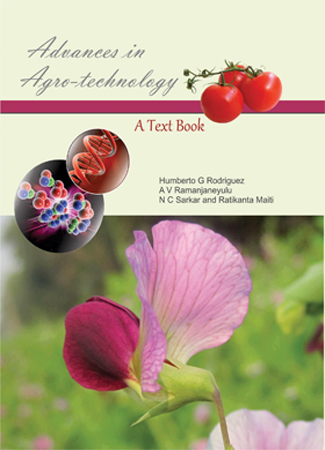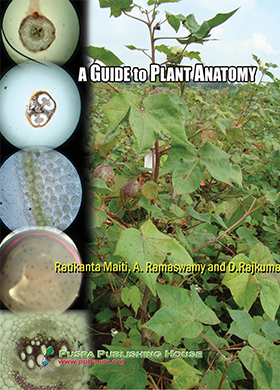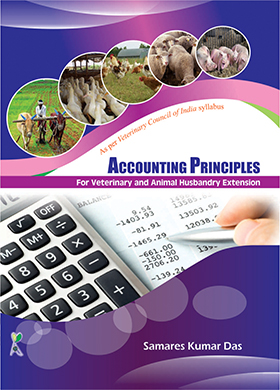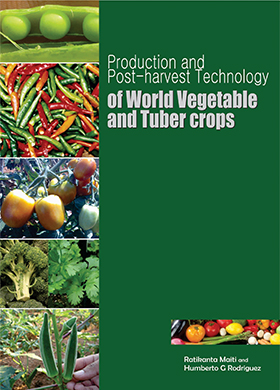Cite
Sahu A, Sahadevan P, Singh M. Whale Fall Ecosystems- An Unknown Deep Sea Ecosystem CBM [Internet]. 14Dec.2022[cited 8Feb.2022];6(1):104-106. Available from: http://www.pphouse.org/cbm-article-details.php?cbm_article=76
People also read
Popular Article
Android Based Mobile Application for Rice Crop Management
S. Vijayakumar, Anil Kumar Choudhary, M. Deiveegan, R. Thirumalaikumar and R. Mahender KumarAndroid app, nutrient, pest and disease management, rice
Published online: 11 Feb 2022
Popular Article
Microbial Inoculants - Alternative Approach for Sustainable Crop Production
Pramod Sharma, Sharad Pandey, Ashok Kumar Thakur, Sunil A. Nair and Gideon SynremMicrobial inoculants, plant growth promotion, Pseudomonas, PSB
Published online: 29 Nov 2021
Popular Article
Rooftop Farming – An Overview
Udit Debangshi and Ramyajit MondalFood security, Natural resources, Rooftop farming, Urbanization
Published online: 30 Jun 2021
Popular Article
Whale Fall Ecosystems- An Unknown Deep Sea Ecosystem
Ashish Sahu, Pramila Sahadevan and Mahender SinghBone-eating worm, carbon sequestration, ecosystem, shark, whale fall
Published online: 14 Dec 2022
Ecosystem Based Approach to Solid Waste Management in Kenya
Ephrahim Jonyo OdadaPublished online: 07 Mar 2017
Popular Article
LiDAR Sensor: Applications in Agriculture
Udit Debangshi3D Modelling, LiDAR, Phenomics, Sustainable, Urbanisation
Published online: 05 Sep 2022



.jpg)
.jpg)






